Love it or hate it, budgeting is one of the most important parts of managing your finances. While earning more is the only way to get rich for most of us, understanding, managing, and controlling our spending will keep us on track to reach our financial goals.
If you are a veteran budgeter or brand new to managing your finances, read on to learn best practices to create, track, and manage your budget.
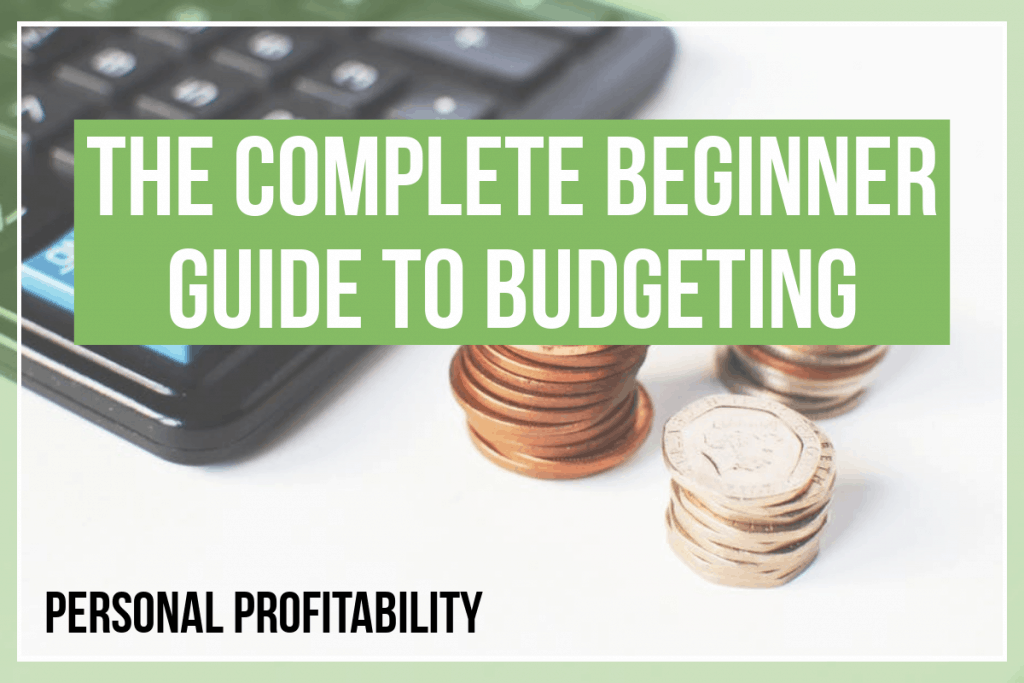
How a Budget Works
A budget is a tool to help you understand and control your spending. Typically, people create a budget with spending categories, like food, entertainment, housing, and travel. Your categories can be very broad if you are a disciplined spender, or you may prefer or need to have been very specific.
For example, some people might have a generic “food and dining” category in their budget that captures groceries, restaurants, and fast food. Other people might opt to have specific budgets for the grocery store, dining out, and Chipotle. I call out burritos, as they are clearly an important staple in everyone’s diet.
Whatever you choose, each category should have a budgeted spending limit. This can be a monthly limit or a different period that makes sense for you. Monthly budgeting is most common, but I have also seen people budget by pay period, quarterly, or even annually.
I suggest starting with monthly if you are new to budgeting. You can always tweak it later on if you find it is not working for you.
As you spend money, it is important to categorize and track each transaction as it relates to your budget. Every dollar you spend, such as rent, gas, clothing, food, or doctor visits, should be assigned to a budget category. When you hit the limit you chose for that category, you stop spending there. It is that simple.
I use Empower, a free online financial tracking site, to help me manage my budget each month. There are other options though, which I will discuss later on.
However you choose for your budget, make sure your total spending is less than you earn. If you spend more than you earn, you will be in a perpetual debt cycle. Instead, use your budget to help you save and invest.
How to Budget for Specific Spending Categories
So now that you have picked your categories, it is time to decide how much to budget for each specific category. Like most parts of personal finance, this decision is personal. There is no right or wrong answer, just what makes the most sense to you.
When I set my first budget, I used my average spending in each category as a baseline. To find your average, you can use Empower or a similar tool.
When you look at your averages for each category, you might be shocked by what you find. I know it was the first time I created a budget. I joked about adding a burrito budget category, but the first time I saw how much I’ve spent on them, it could have made a lot of sense to track it individually – let’s just say I’m in the four-figure range.
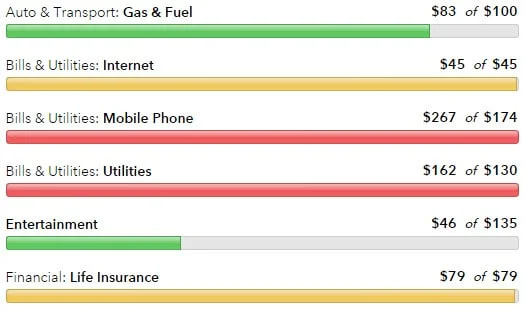
Once you have a baseline and understand your current spending, you can better plan and control. I have known many people who believe that ignorance is bliss, or say “YOLO” when facing a spending decision. If you want to work until the day you die, that strategy might work just fine. However, if you want to retire someday, budgeting is important.
Budget for Fun Spending
Living on a budget sounds painful and icky, but it doesn’t have to be. In fact, it should be the total opposite. Budgeting can help liberate you from debt, uncertainty, and financial stress. If you create a budget and follow it, you can confidently spend each dollar that you have budgeted without the worry of debt at the end of the day.
And just because you are following a budget does not mean you can’t spend on fun.

When you create or update your budget, you are going to see “have to” spending and “want to” spending. You can’t live without food, shelter, clothing, and basic transportation. You can live without cable, hobbies, designer clothing, Starbucks, and other wants. But that does not mean you have to live without them.
Part of building a budget requires assessing what you truly value. Where do you want your money to go? If you have limited resources, where do you choose to spend? What if you have to pick between cable television and a weekly happy hour with friends? Both could cost about $20-$30 per week. Which gives you more value? Add that to your budget.
I cut cable years ago and have saved thousands of dollars on TV since. But this year, I decided to start working on a pilot license that will cost me thousands. Some people could never imagine living without TV (it made my life better, not worse), and some could never imagine spending thousands on a hobby. There is no right or wrong answer. Your budgeting decisions should be based on what you value and what you can afford. Don’t worry about what your friends or neighbors are doing or telling you.
A lot of people are worried about keeping up with the Joneses. But a lot of people are also living with tens of thousands of dollars in debt. I say screw the Joneses.
Create an “Everything Else” Catch All
Your spending will never be 100% in the categories you budget for all the time. On occasion, you might have some one-off purchase that is completely unrelated to any of your budget categories. For this situation, we use an “everything else” spending category.
Depending on your own habits and comfort level, you may have a really big everything else budget, or a very small one. I prefer budgeting at a fairly high level, so my everything else budget is a significant part of my monthly spending.
For my family, irregular expenses like doctor visits, home improvement, and clothing go into the everything else bucket. I have a separate budget for all entertainment, as I want to (and can) control that more than things like doctor visits and home improvement.
Envelope Budgets
I make every single purchase possible with a credit card. I don’t care if it is a $1,000 purchase or a .50 cent pack of gum. I want to get every mile and point possible for free travel. However, there are some people who struggle to stay out of debt with credit cards.
If you can’t control your spending by mentally keeping tabs on your budget, you might do better with envelope budgeting. Envelope budgets are a method to use cash and envelopes to ensure you do not overspend.
To give envelope budgeting a try, start by pulling out a stack of envelopes and labeling them for each category in your budget. You might have one for groceries, restaurants, movies, nights out, or anything else you are specifically budgeting. Don’t forget an “everything else” envelope for unexpected expenses.
At the start of each month, put cash in the envelopes equal to the maximum you want to spend on each category. Each time you spend, take cash from the envelope labeled for the category you are spending. Once the money is gone, so is the budget. You are then forced to stop spending in that category for the rest of the month.
Of course, don’t force yourself into starvation or homelessness, but try to really plan your spending ahead of time so you don’t end up in a difficult situation. If you do, you know what you need to work on for next month.
Budget for Savings and Investments
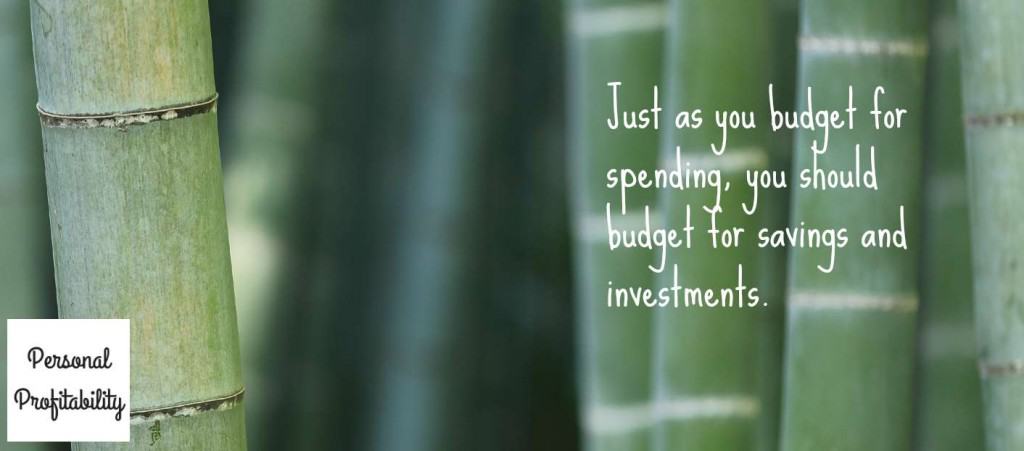
Just as you budget for purchases and spending, you should budget for savings and investments. I’ve said that no one gets rich budgeting, as you can only save so much each month. You have to increase your income to really grow your wealth. However, there is a budgeting trick you can use to make it easier.
Finance bloggers like me often say to “pay yourself first.” The concept might be hard to grasp, but this is what it really means. Budget for savings and investments, and put that money away before budgeting for other expenses. If you do that, you force yourself to spend less because you paid your future self first.
I don’t have a line on my budget for savings and investments, as all of that happens automatically. However, if you are not set up for automatic investments because your employer does not offer them, because you are self-employed, or for any other reason, you can certainly do so.
I save about 30% of my income each year through a few different channels, including my work 401(k), Roth IRA, wife’s Roth IRA, a health savings account (HSA), and a regular old taxable investment account that I put extra funds from my checking account into every few months.
Make sure to include savings and investments in your budget so you can do things like retire, travel, and save up for large planned purchases and emergencies.
Focus on What You Value

Earlier in this article, I mentioned how I cut out cable. At the time, my bill was about $70 per month or $840 per year. For a serious sports fan, $840 per year might be worthwhile to catch every game for your favorite team. For me, not worth it at all.
Think of all of the things you can do with $840 per year. If you invest that $70 per month and get a 5% return, you will have nearly $11,000 in 10 years. Over 30 years, you are getting closer to $60,000. That is more than most families make in my city per year!
Maybe you are already comfortably saving and don’t want an extra $60,000 in 30 years. That’s okay too. Maybe your thing is going to Comic-Con every year. Maybe it is a weekly Rocky Horror Picture Show at midnight. Maybe it is summer concerts, or going to see WWE when they come into town. Whatever it is, do not feel guilty spending (reasonably) on your hobbies and passions. However, make sure you only spend on what you value. Do not mindfully waste money. You work too hard for it.
Trim the Fat
When deciding on how to allocate your paycheck to different budget categories, really think about each line item. Don’t just fill in your average spending, but consciously decide how much you want to spend.
Gas is a great example. If you have a commute every day, you are locked into spending a certain amount each month. But think about the extra driving you do. Can you consolidate trips to the grocery store with other stops? Can you skip a trip to the mall and buy online? Can you take the train downtown rather than driving and paying for both gas and parking?
Just because you have always spent on something does not mean you have to keep doing it. And just because it might take some work to trim excess spending does not mean it is not worthwhile. Really, really think about how you spend each dollar.
I try to think of each purchase in terms of how much I have to work to pay for them. A stop at the gas station might be 1-2 hours of work. A fancy sushi dinner might be 2-3 hours of work. A taxi ride to the airport might be one freelance blog post, while public transportation only costs me 15 minutes at work.
If I can’t justify the expense, or I can find a way to reasonably cut it out, I will. I also take the value of my time, convenience, and other factors into account, something you should do as well. Whatever you do, do not spend blindly. Each time you hand over cash, swipe your card or click the purchase button should be a conscious purchase.
The Unbudgeted Budget
I recently wrote about something I call the unbudgeted budget. If you are a naturally thrifty spender and can control your budget without planning out each line in detail, read on. Otherwise, skip to the next section.
There are three levels of budgeting based on your own spending habits and needs. The first is a detailed budget where you put a spending limit on as many specific categories as possible. The second is a higher level budget, where you rollup up several categories like groceries and restaurants into one big food category. We’ve already discussed those, but not the third level, the unbudgeted budget.
If you are really on top of your spending, have plenty of savings, spend less than you earn consistently, and have no financial troubles and stresses, you could create a one-line budget with only a high-level spending goal.
Doing this for my own budget makes me uncomfortable. I prefer a high-level budget, but not a one-line budget. I worry too much about my money to do this, but it may work for some people.
If you do this, still look at your transactions regularly to make sure there is no fraud or unauthorized spending on your account, and check in every once in a while to make sure you are not overspending on an area without realizing it.
Budgeting for Income
So far, we have only discussed budgeting for expenses. However, if you treat your own finances like a business, you have to set income goals as well. If you only work a regular salaried job, you know what you will earn each month. More and more people are working as freelancers, contractors, and in the gig economy, so planning for income deserves time and thought as well.
I know that I will bring home $X each month from my day job and that I will earn some amount above that online working on evenings and weekends. I have a goal of making an average of $3,333 each year, but as my income reports show, it is not always so consistent.
Some months, I bring in less than $2,000 online. Others, I make more than $5,000. This is why income budgeting is important.
I set an income budget for myself in between what I make from the day job (nearly guaranteed income) and what I make online (variable income). If I’m tracking below where I want to be for a month, it is motivation to kick ass and get to work and make enough to reach my budget at a minimum.
Force Yourself to Live Paycheck to Paycheck

A terrifying survey from Bankrate.com found that 76% of Americans are living paycheck to paycheck. If you are like 3 out of 4 Americans, you are just barely scraping by each month. If you are, be sure to stick to a budget, trim spending where you can, and build up that emergency fund.
If you are not living paycheck to paycheck, you could learn some valuable financial lessons from doing so. I automatically invest and save a lot, and force myself to live on the rest. Once you have a budget you are comfortable with, and then push yourself to save a little bit more, you can try an automatic saving transfer each month that brings your checking account balance down to exactly what you plan to spend based on your budget. This is like envelope budgeting, but with no envelopes.
If you are going to do this, be smart about it. Track your balance regularly. Do not overdraft and get stuck with fees. Make sure you have a little cushion you keep on the bottom just in case you miscalculate. But forcing yourself to live paycheck to paycheck can be a great experiment to see how well you really understand and control your spending.
Budget Software That Makes it Easy
All this budgeting can be a lot of work. If you use a pen and paper, budgeting can take hours each month. Using spreadsheets like Excel or Google Docs, you will save some time, but still have to do a lot of work by hand.
Lucky for us, we live in an age where our spending can be automatically assigned to our budgets. For free!
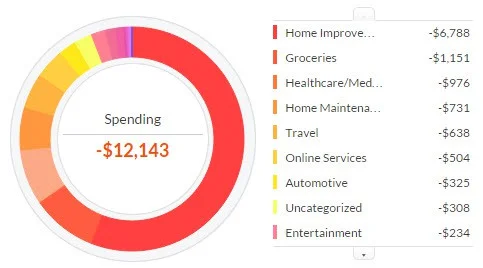
I have been using an automated online budget since 2007, and I encourage most everyone to do the same. Never waste time that you can spend more productively elsewhere, like making more money or spending time with your family.
My two favorite budgeting tools are Empower and Mint. Empower is focused primarily on investments, and budgeting is a secondary feature. With Mint, your budget is front and center. I have an updated list of my favorite budgeting and personal finance tools including Mint.com and Mint Alternatives available for your perusing.
Don’t Complain, Don’t Delay, Just Budget
I admit that I would rather watch old episodes of The Gilmore Girls Walking Dead on Netflix than spend time setting up a budget. But once you’ve done it, the hard work is behind you.
Setting up a budget with tools like Mint or Empower takes minutes, not hours. After you have your budget set up, check-in every week or so to see how you’re doing. You are in control, and can always increase or lower specific items, or add or remove them.
Just remember, a budget only works as well as you allow it. The more thought and effort you put into it, the more you will get out of it.
Budgeting can teach you a lot about yourself. Your spending habits are indicative of what you most value, and if they are not in line with your values, it is time to make a change.
Remember that I am not an advocate of living an uber frugal life. Frugality often goes too far. Live a sensible financial life. Be thrifty, cut where you can, and spend on what you value. If you do that and use a budget as a tool in your personal finance arsenal, you will be on track for long-term financial success.
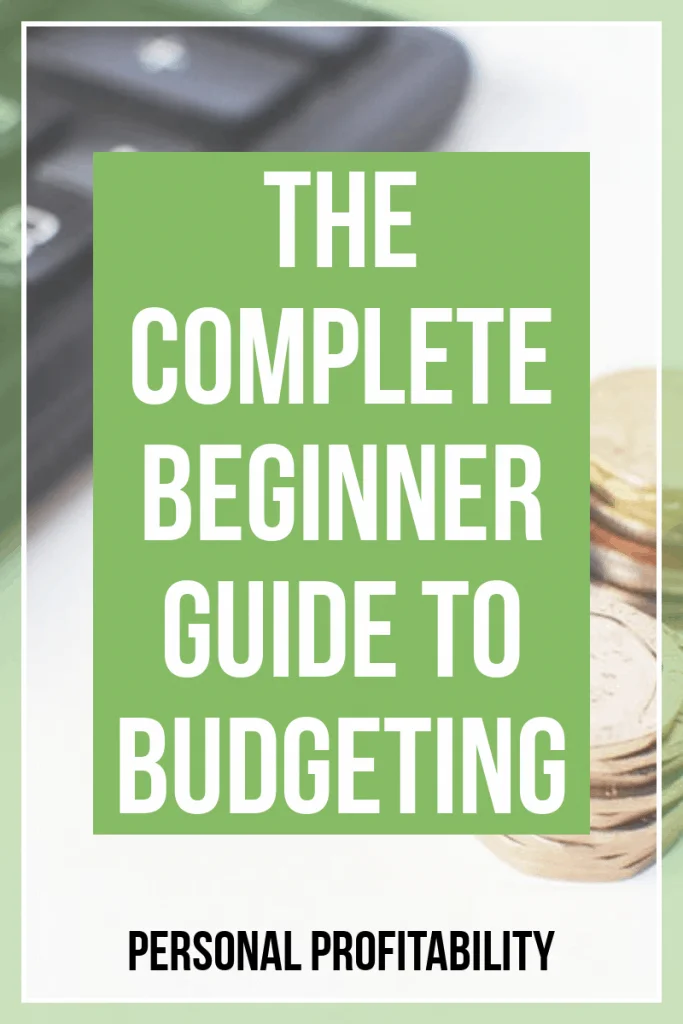
This post was originally published on August 31, 2015 and updated on July 6, 2021.
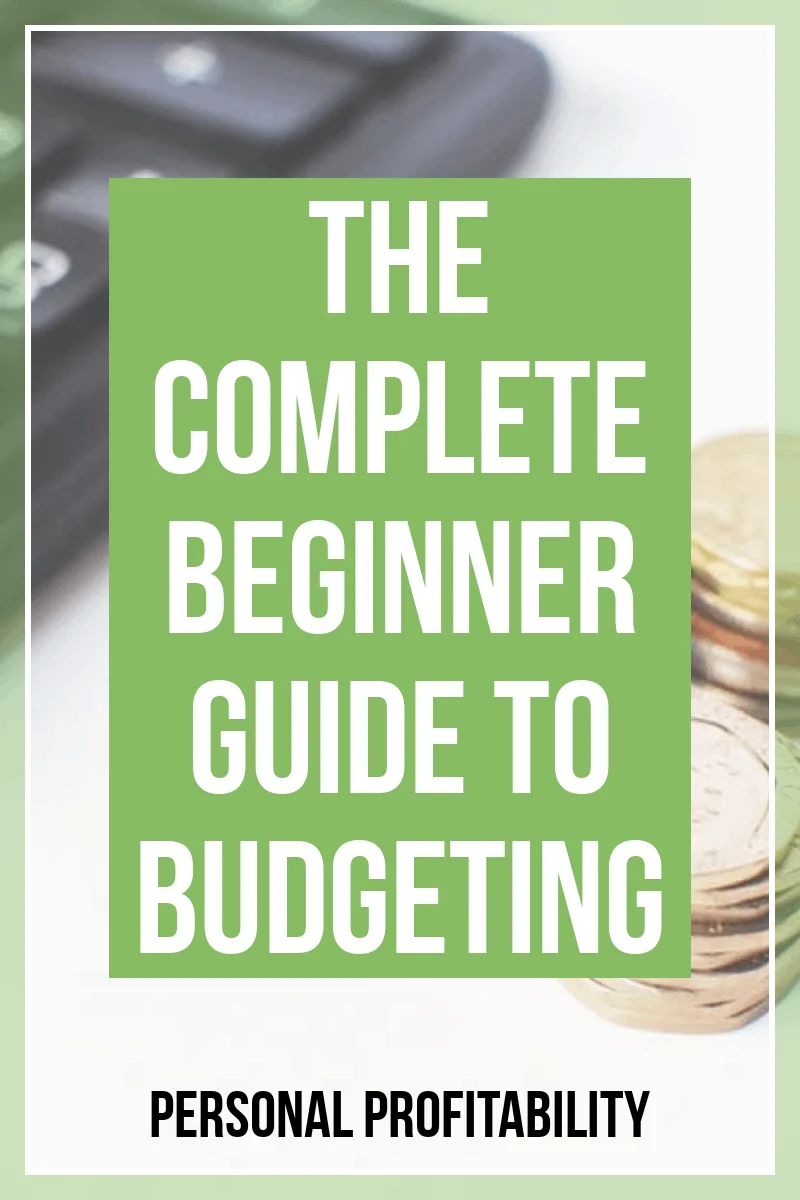

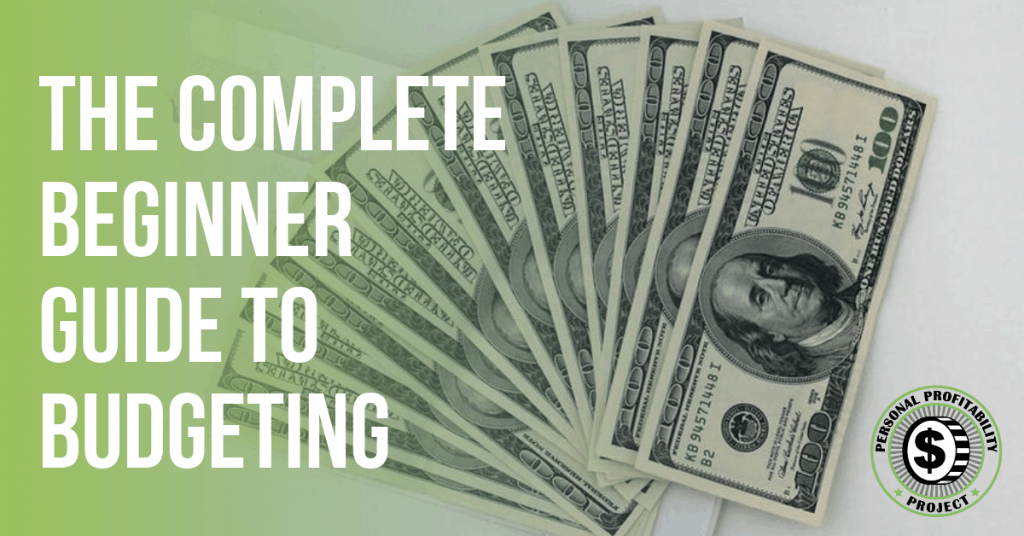
Hey Eric, this was a great read. I am paying about $250.00/month to just watch really 3 channels. That’s like $1,000 per channel. This has really waken me up. I have got to change this asap.
Thanks for waking me up man
That’s a big opportunity for huge savings JC! I suggest checking out a cool new service called Trim. It is a text based app that tells you what recurring subscriptions you have on your credit cards and will even cancel them for you with a quick text message reply. Plus it’s all free! http://www.asktrim.com/
Awesome, checking that out now.